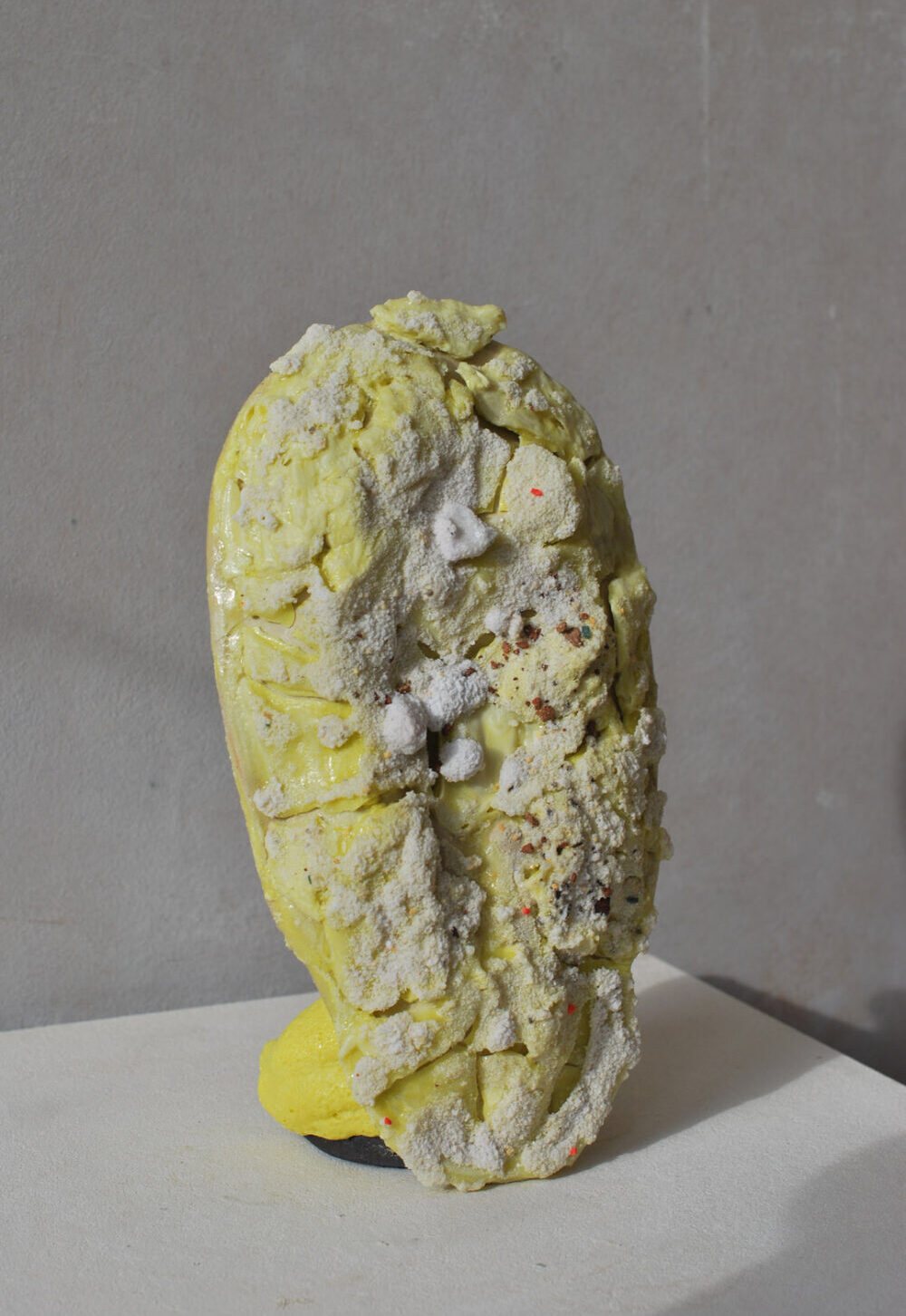
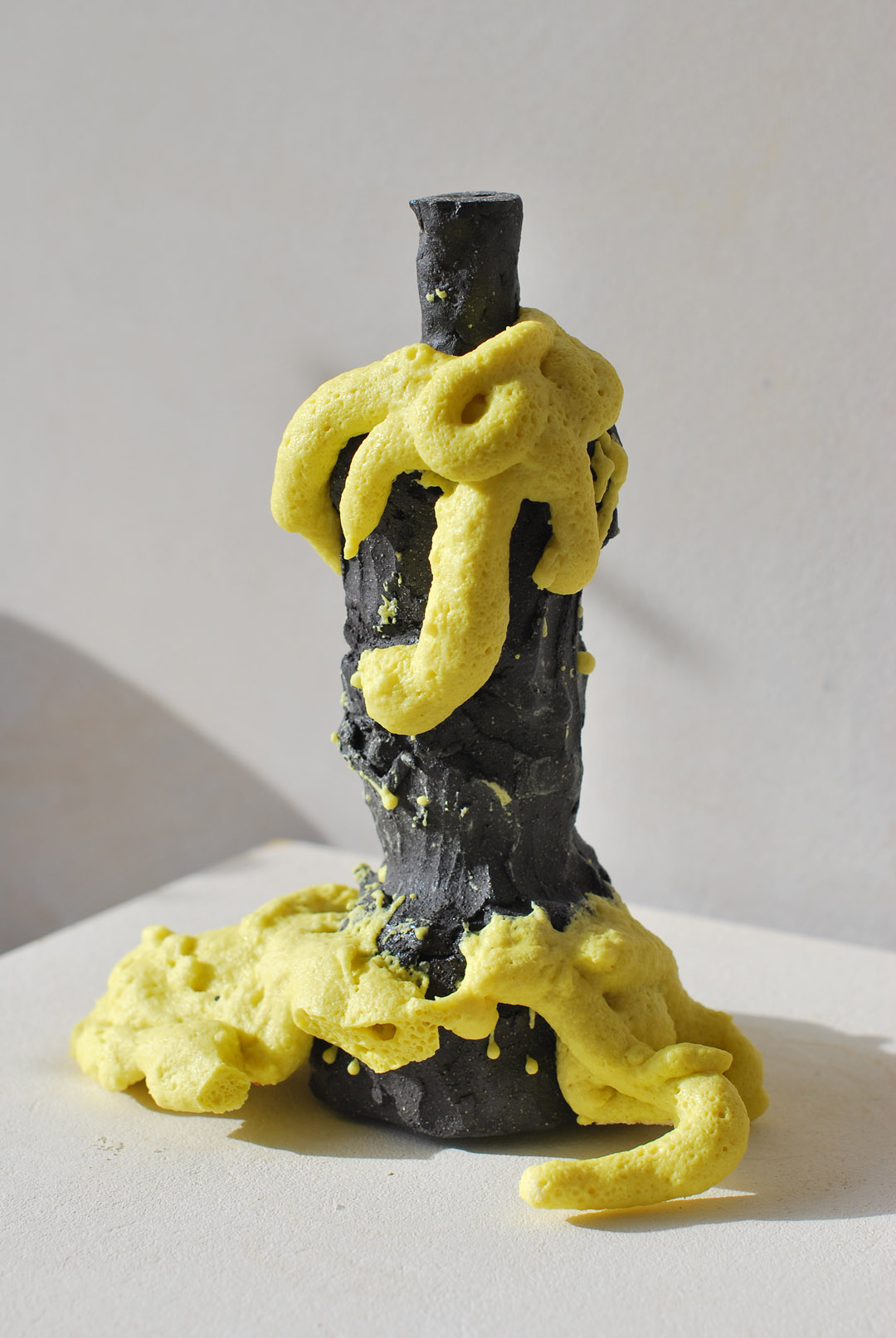
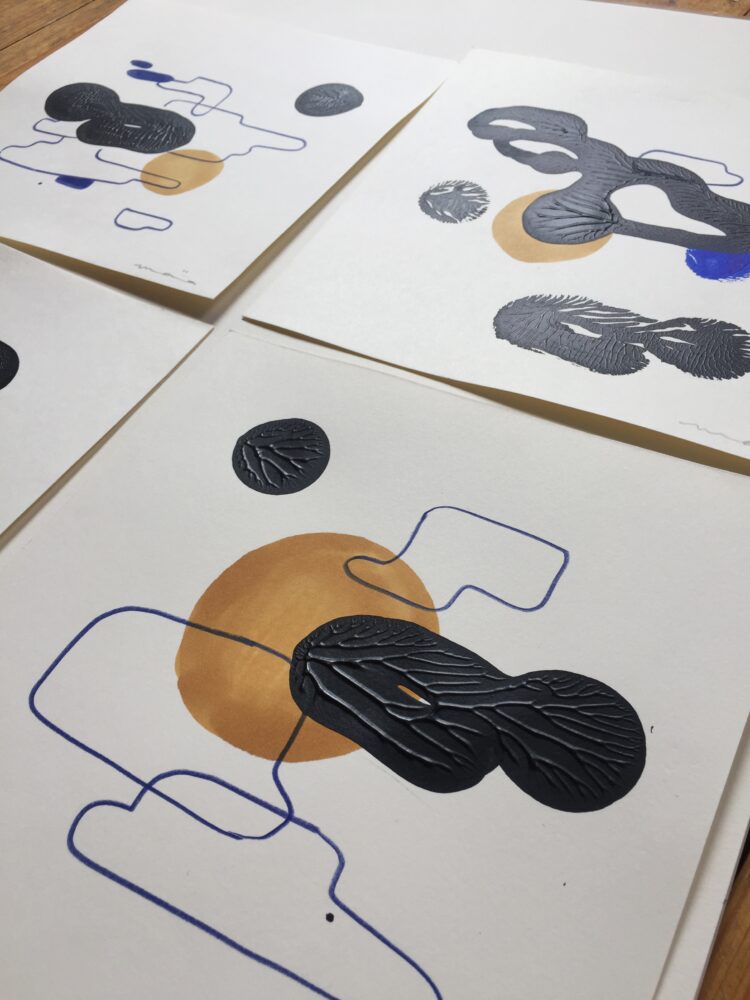
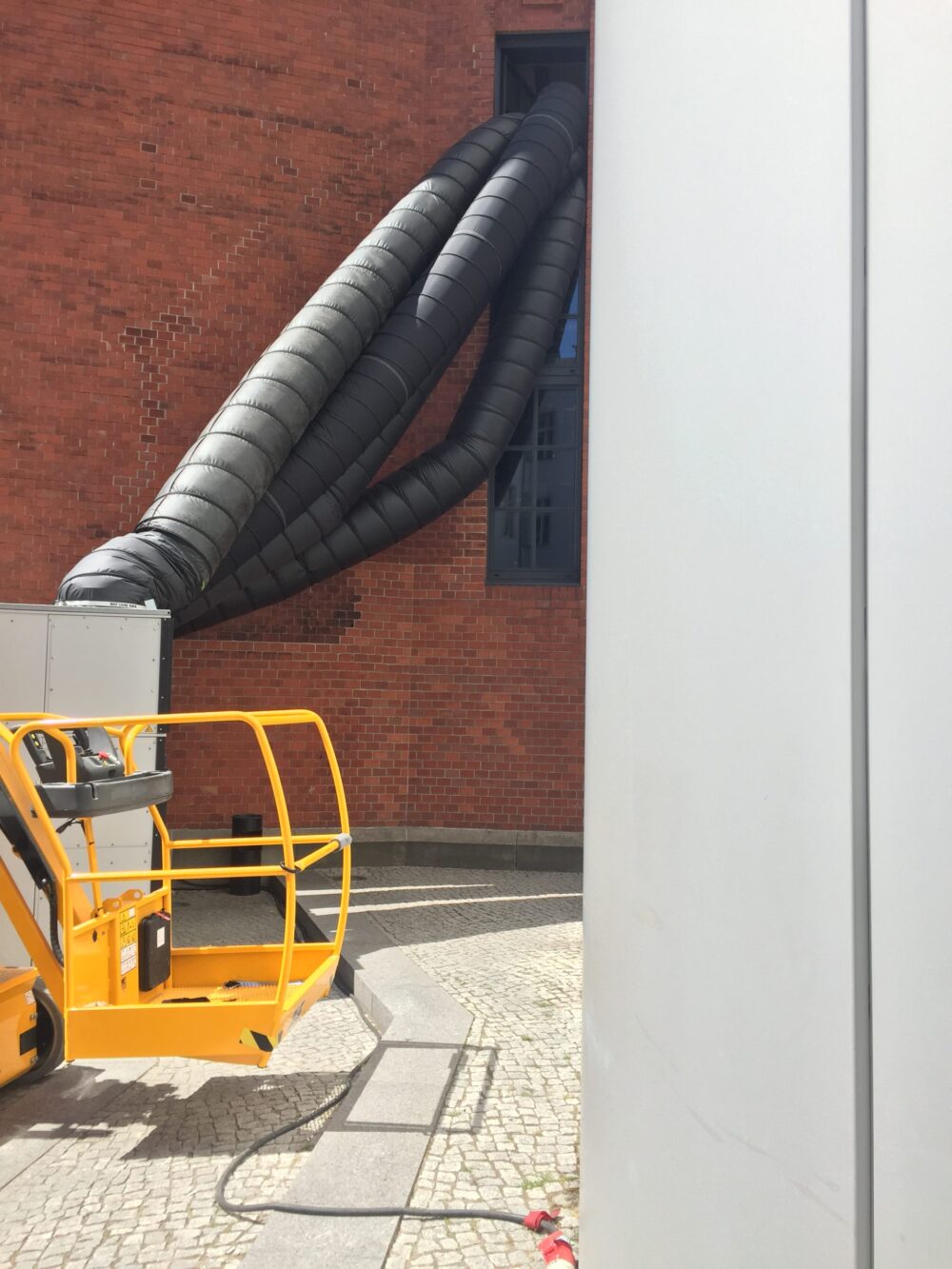
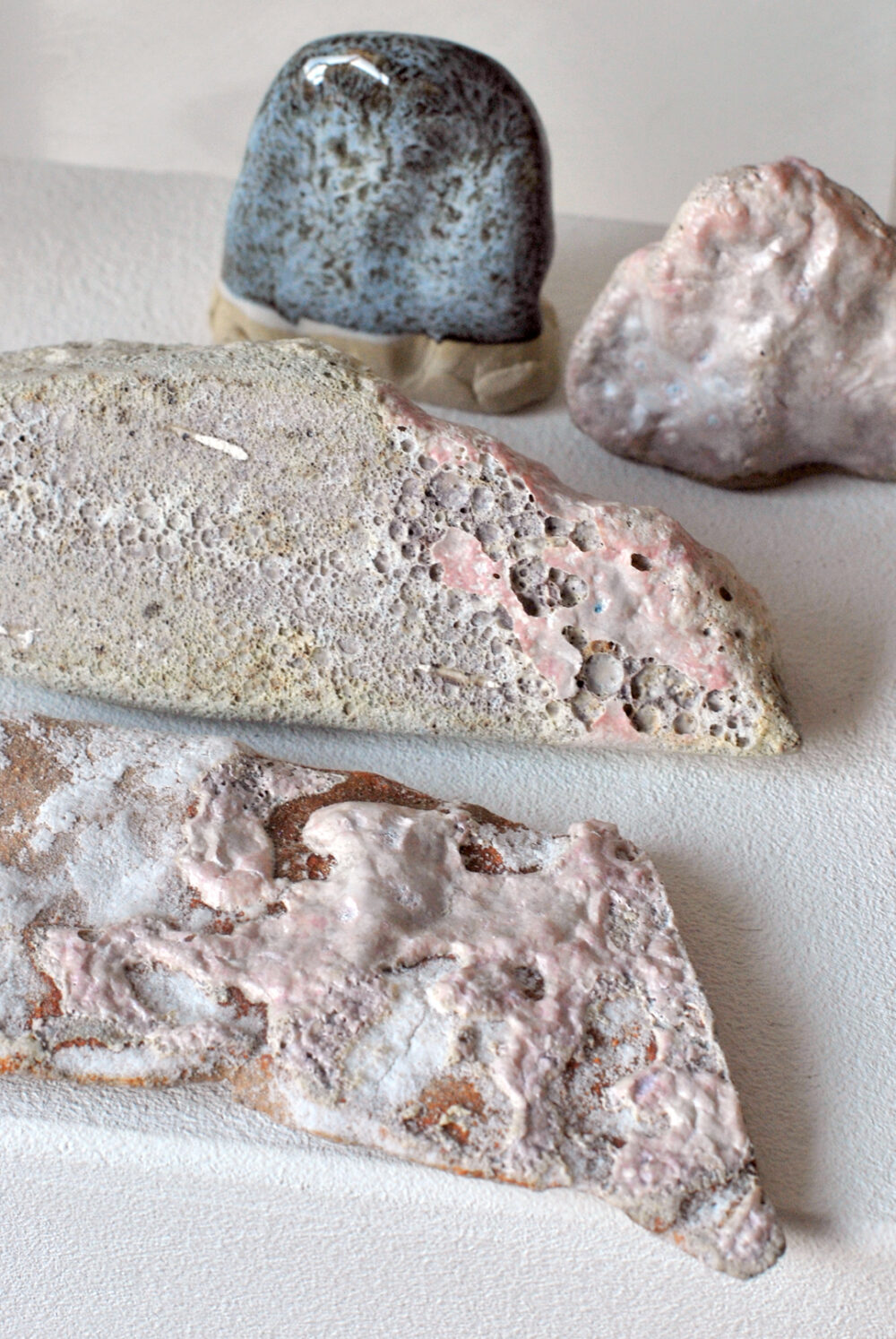
Breathe
Open
Collapse
Skin
touch
Expand
Ripple



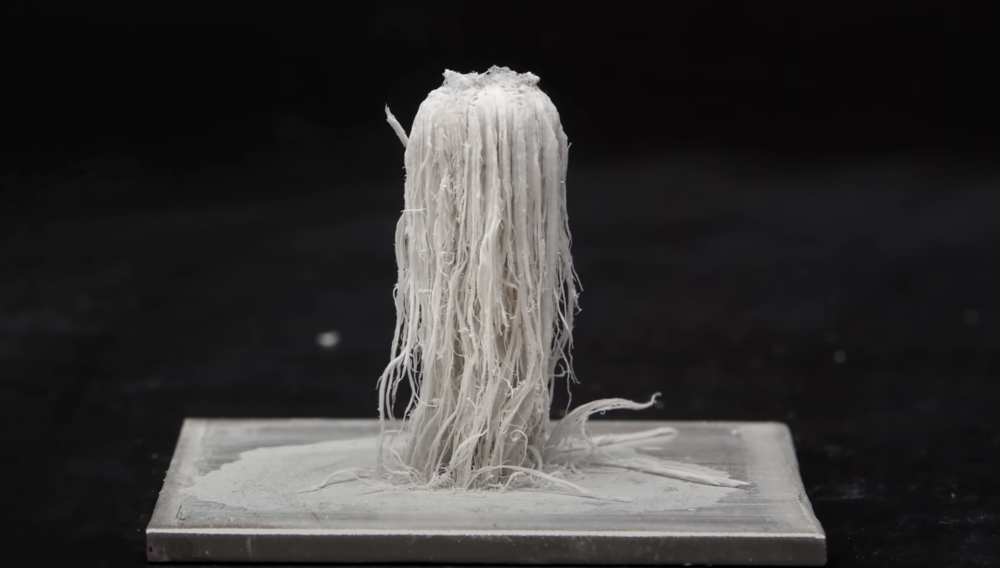
Rock
Water
Flow
Hover
Collapse
Levitate
Crystallise
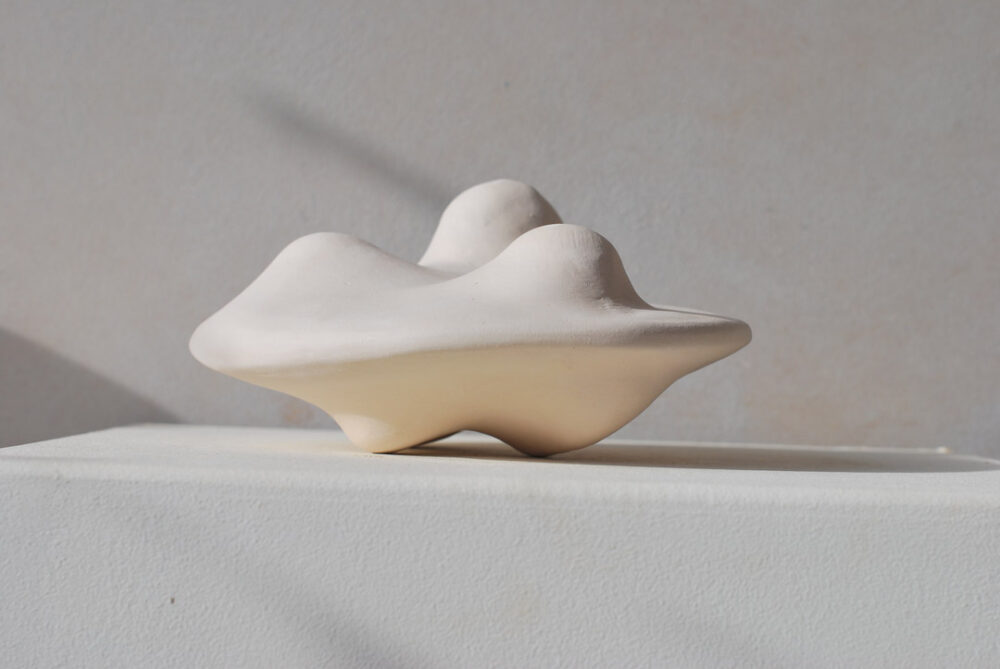
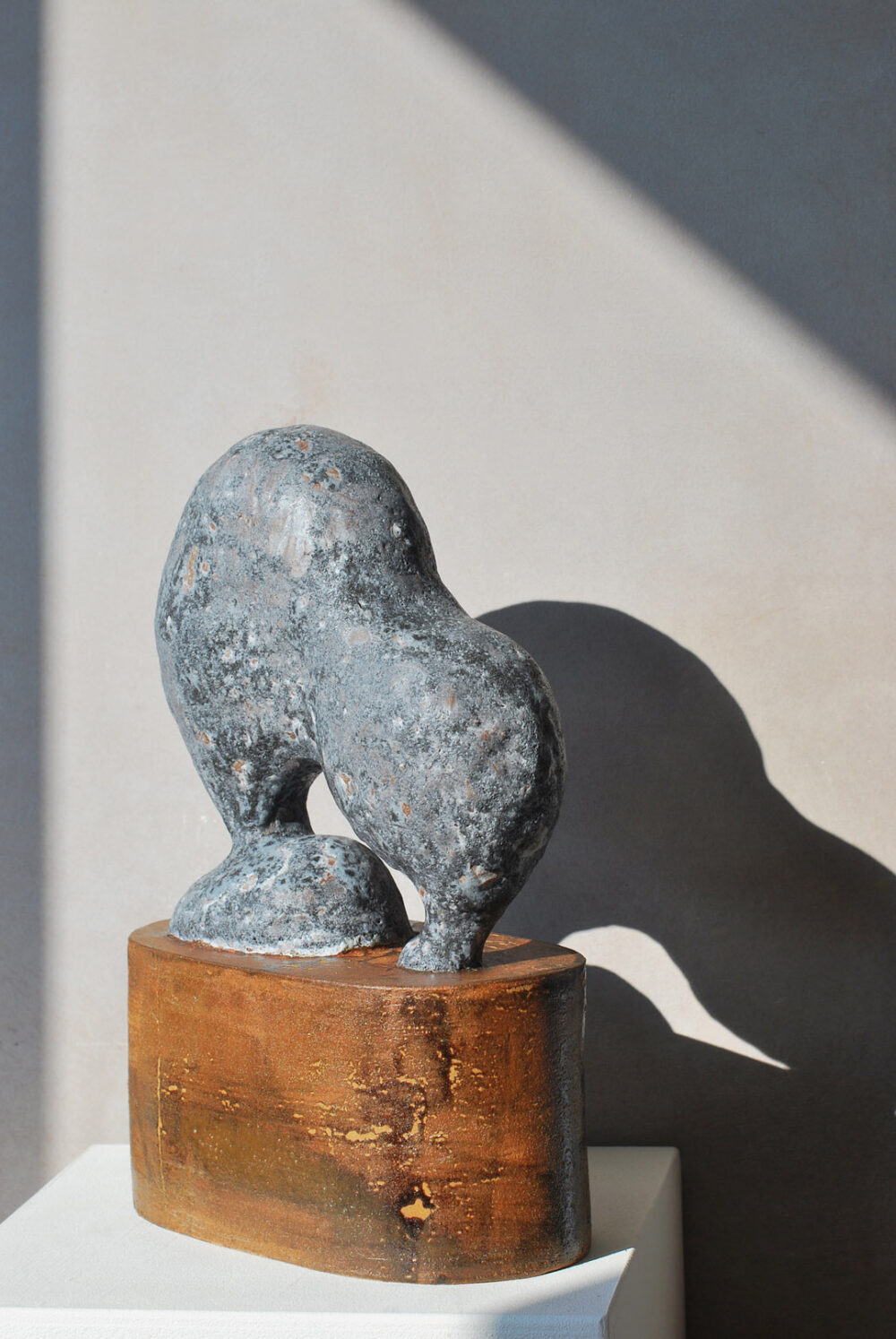
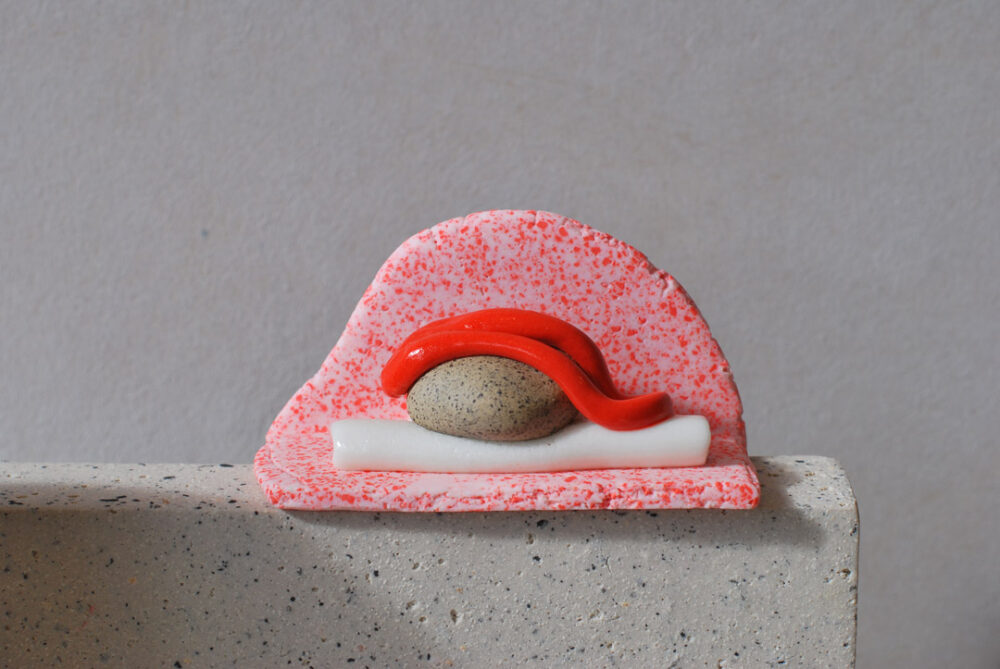
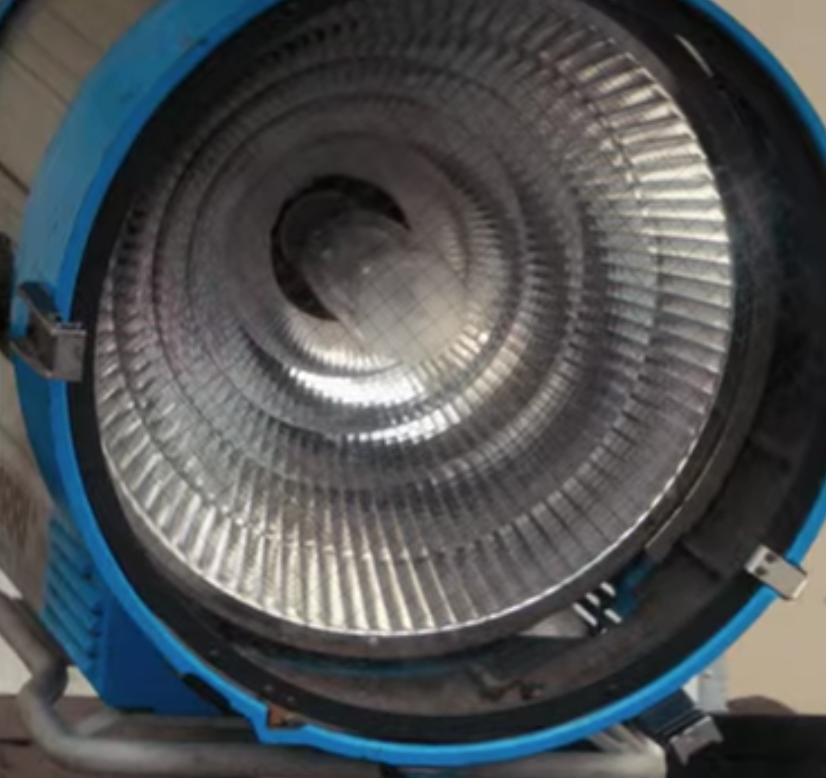
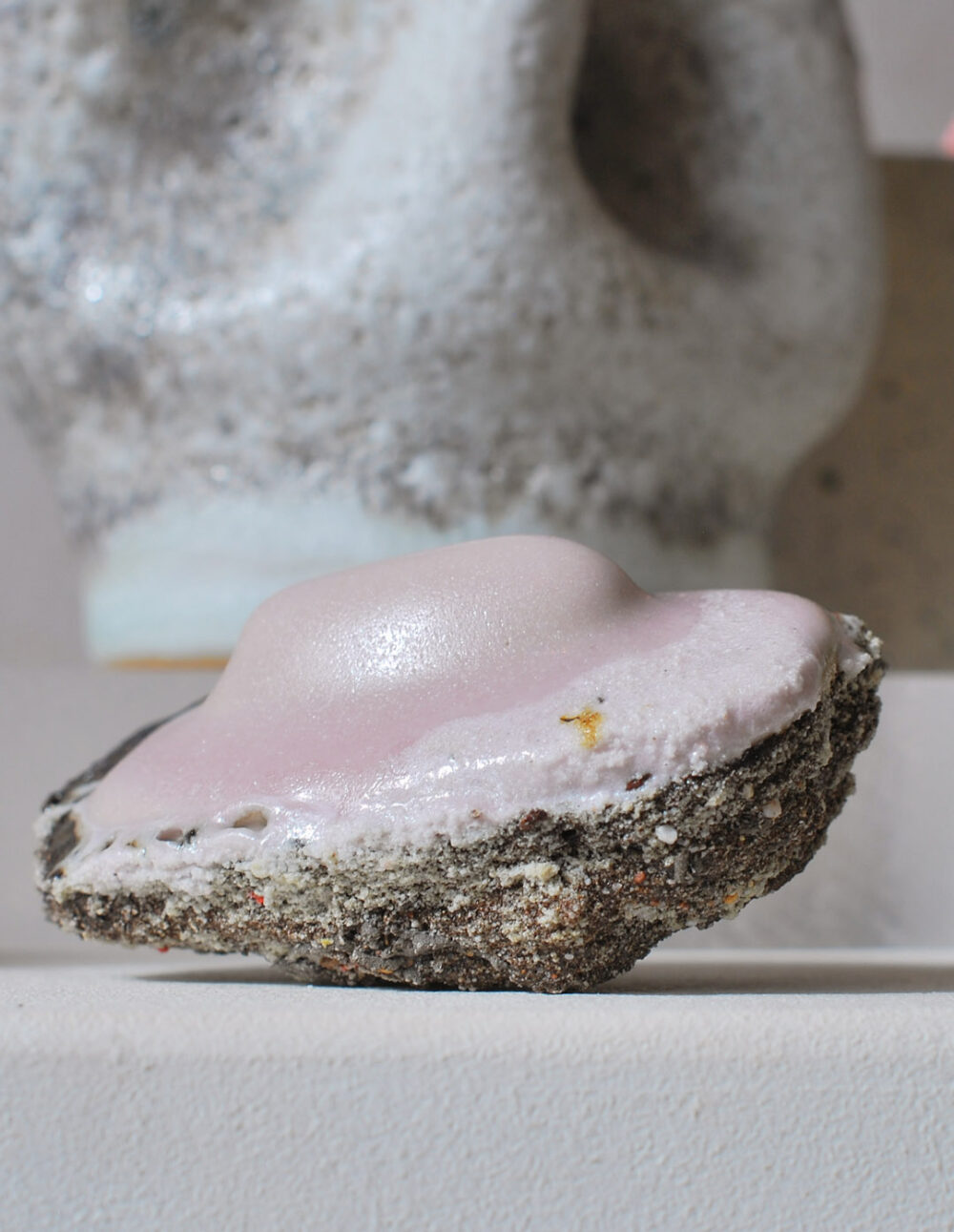
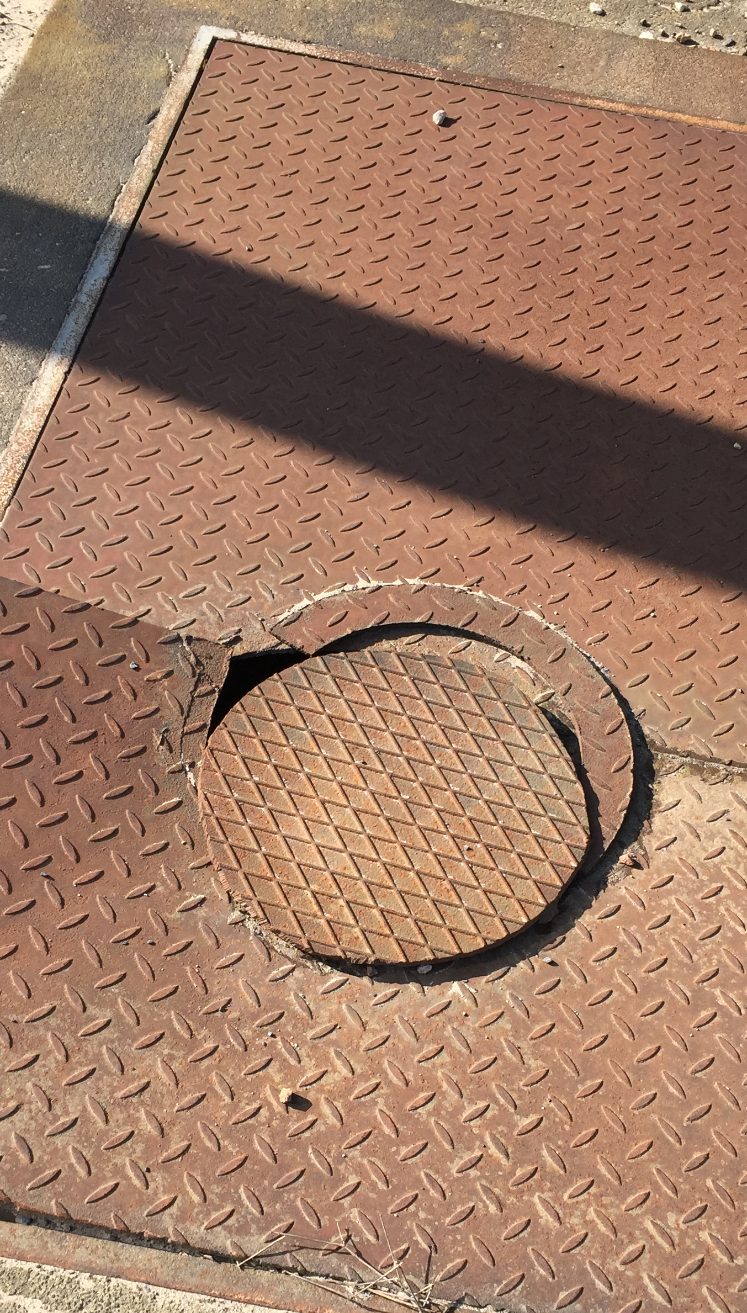

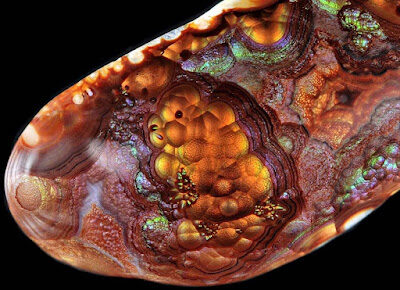
Collapse
Escape
Allow
Hold
Liquidity
Globules
Iridescence
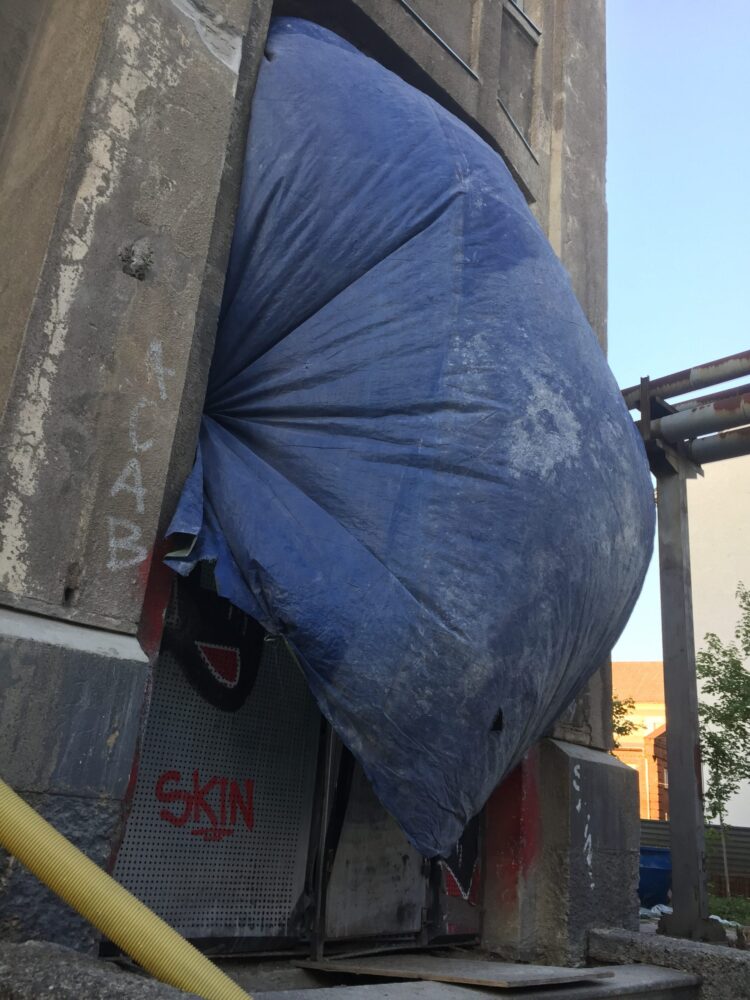
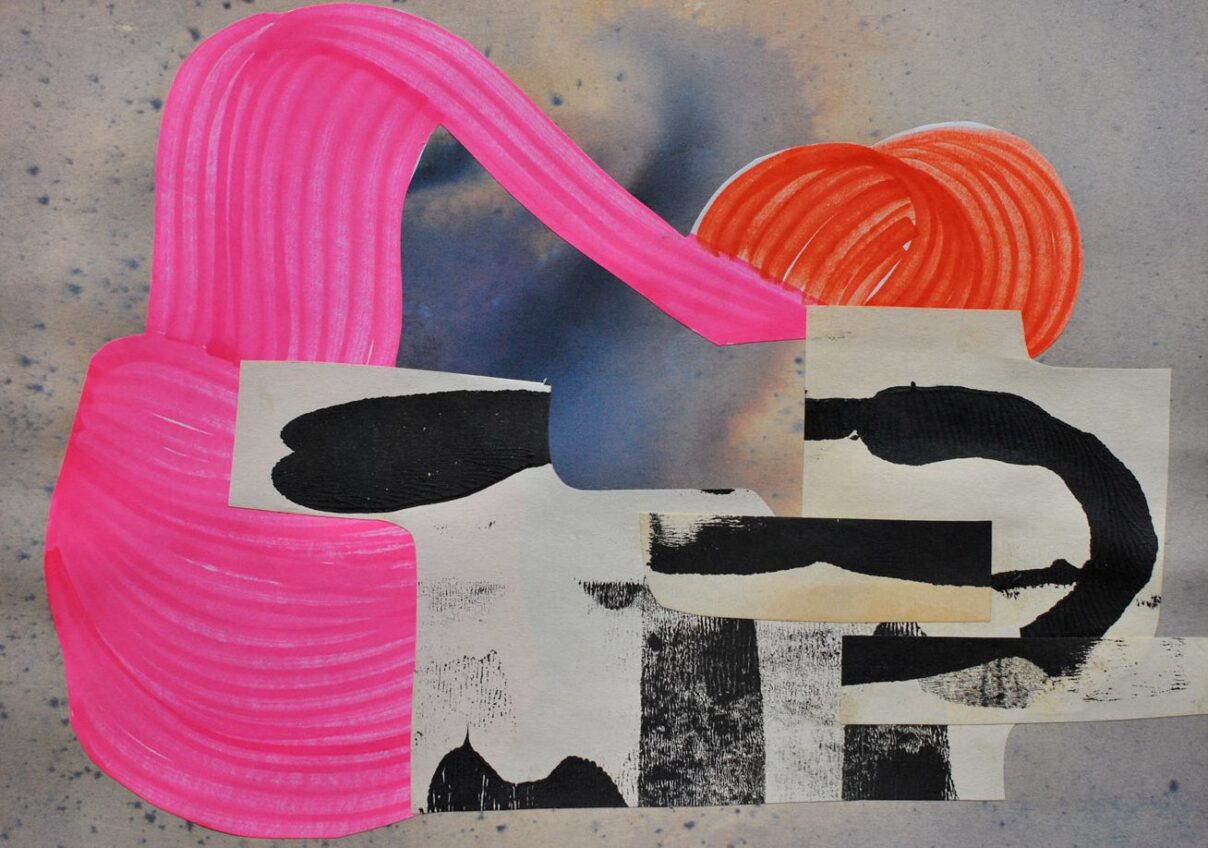
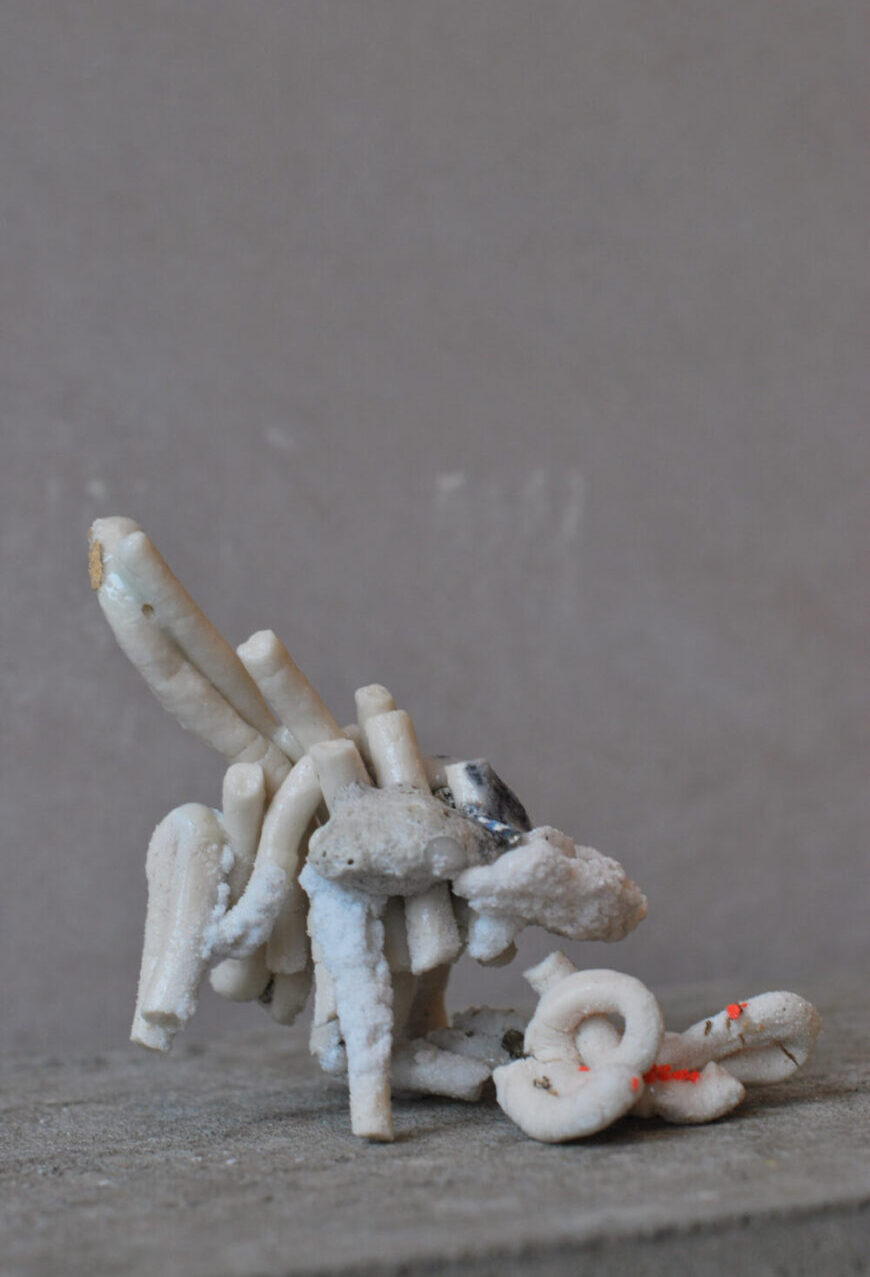
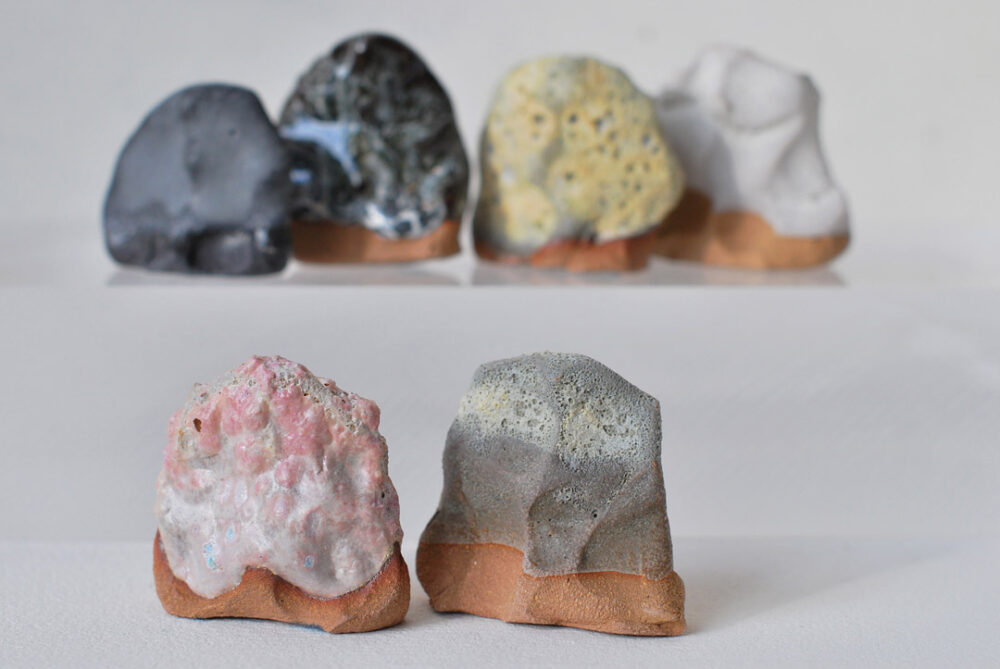
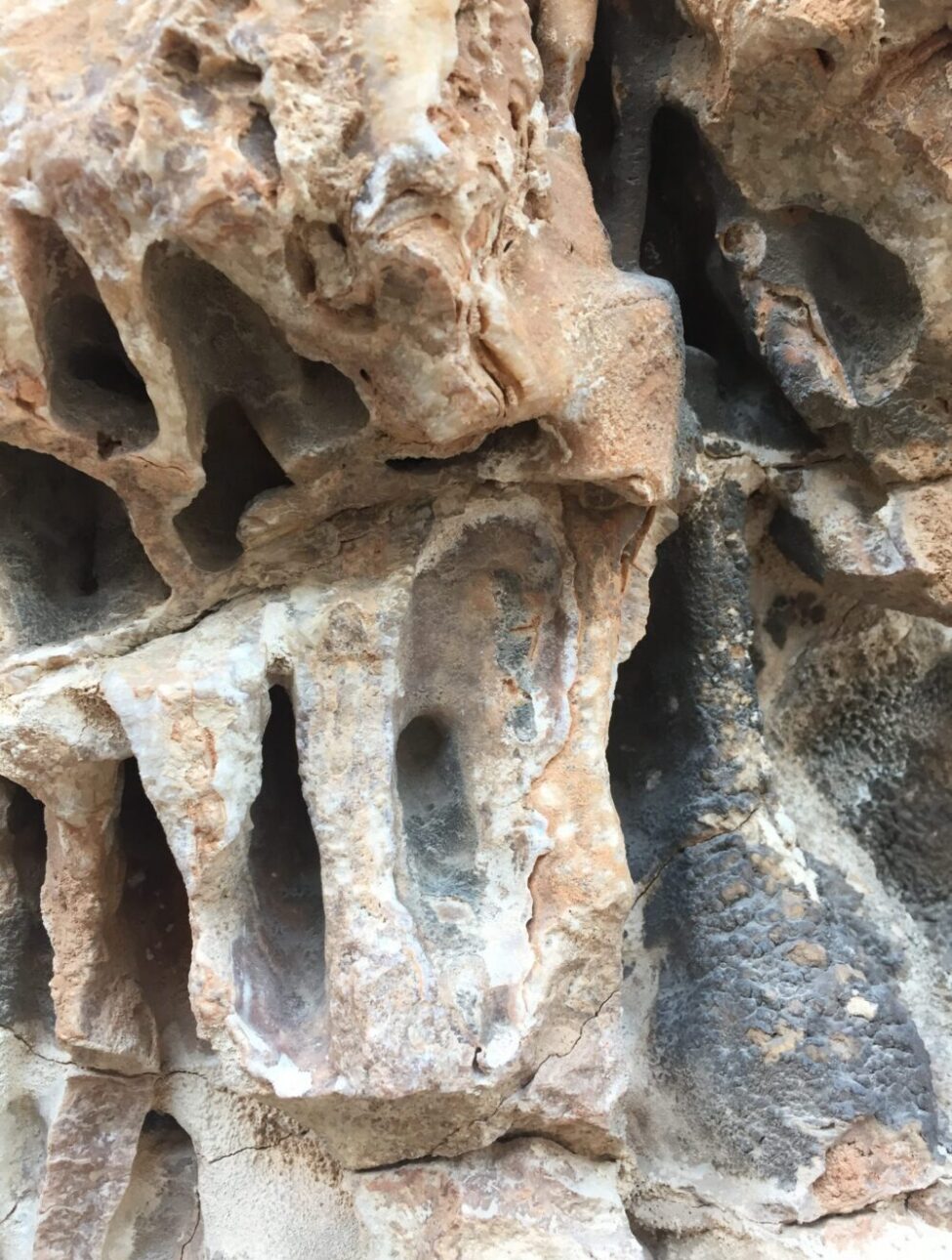
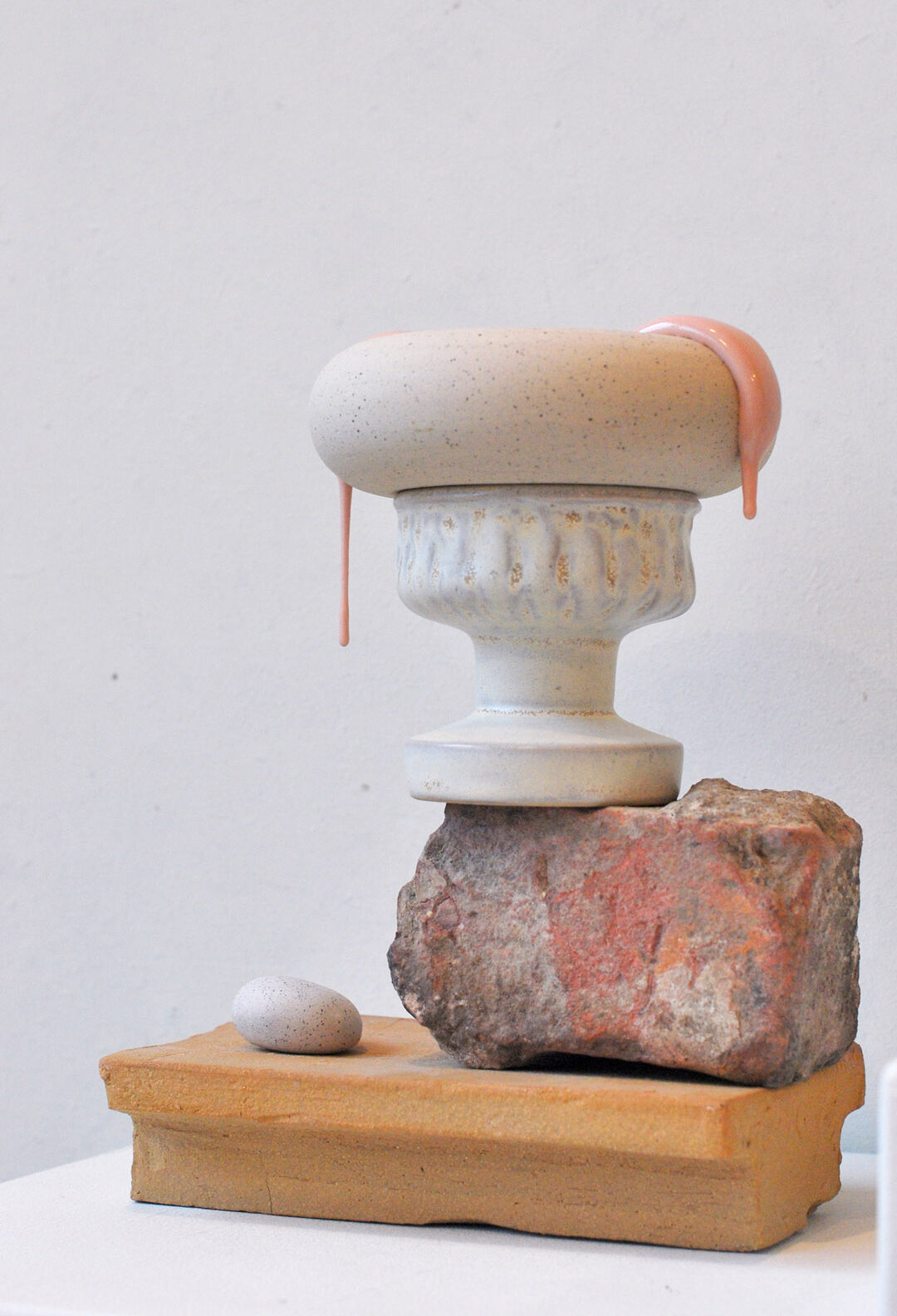
Breaking things down into parts, looking at how they work or could work – encouraging a set of constraints and random factors, deconstructing, re-assembling, creating rules, using errors to “grow” a piece with its own code, properties and behaviour. Hybrids of shape and space, fragments of meaning or expression, reflecting the sum of parts into a new unit. Materials reseach, working arround the theme of collapse and accumulation.
EXHIBITIONS
2023 • Volume Gallery, Paris, France
2023 • C14, Paris, France
2022 • Hot Mess, Berlin, Germany
2021 • Vessels – Wishbone Studio, Berlin, Germany
2021 • Sculptural Connections – Room Capacity, Berlin, Germany
2021 • L’Air de Berlin – Inspirazille, Azille, France
2021 • Unblock Art Fair, Studios ID, Berlin, Germany
2013 • Fetiche Totem Tabou Divan – Le Salon, Nice, France
2012 • Point Zero Five, solo show, Galerie Lot 10, Brussels, Belgium
2011 • Culture en Herbe, Nice, France
2009 • Cure D’Azote, Nice France
2008 • Villa Thiole, Nice, France
PERFORMANCE
2019 • Poetry reading Cashmere Radio Berlin
2019 • Cashmere Radio Berlin with Jayrope
2019 • Concert/Reading at Kugelbahn, Berlin
PUBLICATIONS
2014 • Winter Magazine
2009 • Cure D’Azote, Nice France
contact
maiabeyrouti ( a ) gmail.com
instagram.com/maia.beyrouti
SELECTED FAIRS / DESIGN EDITIONS
2020 • Collectible Design Fair – Brussels, Belgium
2020 • Adorno – Palestine Collection
2019 • London Design Fair
COLLECTIVES
Sapphire Collective, Berlin
Studios ID Collective, Berlin
EDUCATION
2007-2008 • Sculpture et Céramique – Villa Thiole, Nice, France
2005 • PGC in Visual Communication, London College of Communication, University of the Arts London
1999-2002 • BA Hons Conservation of Organic Materials specialising in 19th C Photography, Camberwell College of Arts & Crafts, University of the Arts London
1997 • Foundation course – Chelsea College of Art, University of the Arts London